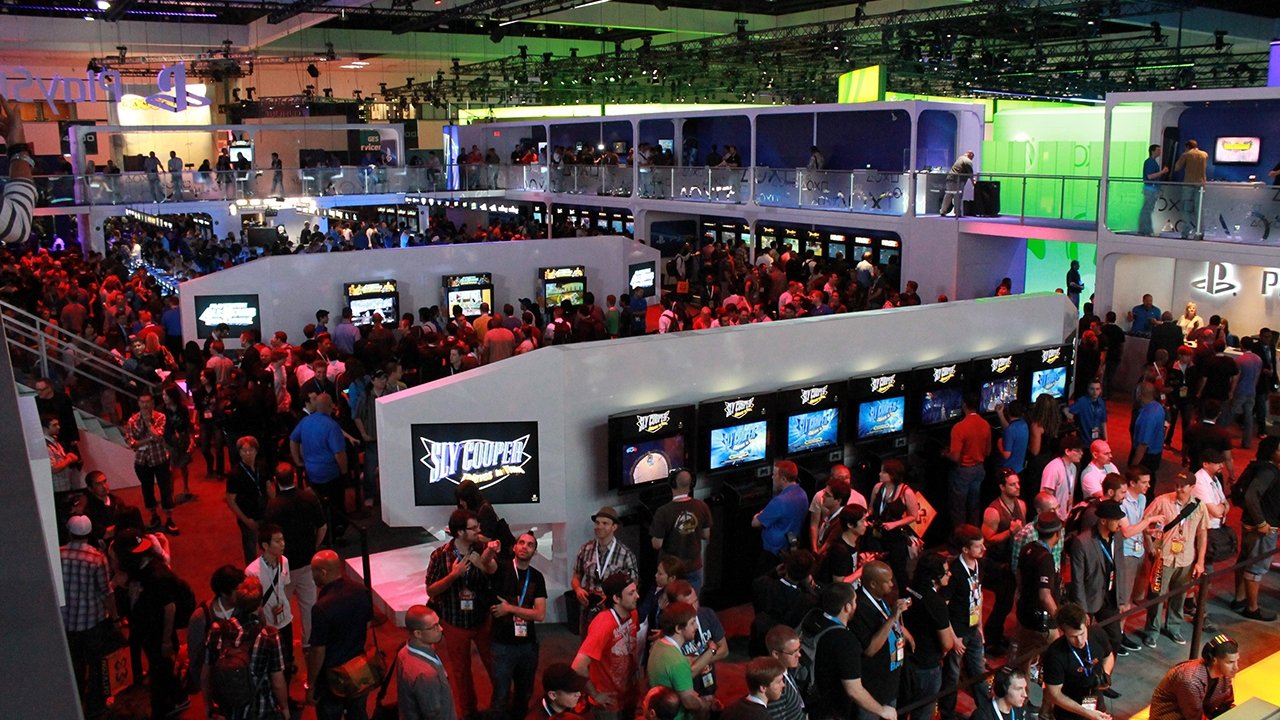2013 marches ever onward, and with it comes a looming sense that either Microsoft or Sony is about to fire off their first volley to announce their entry into the next generation. The smart money says that it’s happening this year, and that by October or November, early adopters will have their next Xbox or PS4. By Christmas, a lot of people will have one.
I’m going to go out on a limb here and say that as console generations go, what we’re likely to experience here are years of iteration. Many people in the industry warn the public that they shouldn’t expect the same giant leap in visuals from the current generation to the next as happened from PS2 to PS3, or Xbox to 360. There will be improvements, obviously, but the jump from the PS2 to the PS3, for example, gave us real time graphics that actually resembled the CG cut scenes of the previous era. This time out no one, not Sony, not Microsoft, is going to claim that their next machine is going to rival the visuals of Avatar.
So if these machines aren’t going to be several orders of magnitude greater in power than what we have now, what can we expect from the next generation?
Personally, I see this generation as an opportunity for the industry to do what it does best; iterate. Maybe what we’re looking at is a welcome return to generations past.Personally, I see this generation as an opportunity for the industry to do what it does best; iterate. We had some big changes come with the previous generation. We got the debut of motion controls, Kinect, augmented reality gaming concepts, and some truly whacky ideas such as asynchronous online gaming. We’ve barely scratched the surface of how to effectively use all these new tools, but perhaps now, with some breathing space, the industry can take this next generation to do just that. They no longer have to learn how to cope with the massive resource drain in time and personnel that making HD games requires. So much of the previous generation focused on just building the infrastructure required to support HD games, but now that painful period of learning is over. If a current generation AAA title requires 300 people and three years to make a game, it’s still going to require about the same resources for a next generation game, not double that amount.
 With an infrastructure in place that no longer needs to be attended to, this gives time to publishers and developers to revisit the concepts of the last generation and really make them work. Microsoft for example, was hampered with Kinect by the fact that it was an optional expansion. If rumors are true and Kinect 2.0 will be included with the new console, that standardization means Microsoft can—and should—take the time to further develop exactly how controller-less interfaces can be more effectively used. The same may or may not hold true for Sony with Move, although at this point there’s no indication of how much support the system will get in the next generation, if any. Vita integration with the PS4 however, is an intriguing idea.
With an infrastructure in place that no longer needs to be attended to, this gives time to publishers and developers to revisit the concepts of the last generation and really make them work. Microsoft for example, was hampered with Kinect by the fact that it was an optional expansion. If rumors are true and Kinect 2.0 will be included with the new console, that standardization means Microsoft can—and should—take the time to further develop exactly how controller-less interfaces can be more effectively used. The same may or may not hold true for Sony with Move, although at this point there’s no indication of how much support the system will get in the next generation, if any. Vita integration with the PS4 however, is an intriguing idea.
Another area that the industry really needs to focus on now is the actual production pipeline for games. If the creation of HD games can be made more efficient, requiring less time, money and manpower, then that means the cost of production—and more importantly, the financial risk—goes down. In the current generation we experienced a shrinking of the “B List” of games, to the point where many view the games industry for consoles as existing on the one extreme of AAA high budget, disc-based titles, and the other of small indie games that exist only as downloadable titles.
Much of that has to do with the fact that a commercial, disk-based game is so expensive to produce, requiring massive teams regardless of the game’s production value ambitions. In other words, in order to create a disc-based game, most of them are now so expensive to produce that they HAVE to sell at AAA levels just to turn a profit. We lost a lot of studios in this generation as a result of this massive increase in resources, and one way to bring back more variety and health to the industry is to find ways to keep costs down. If we could find a way to streamline production so that games required dozens, not hundreds, of staff to produce them, we’d see more risks, more variety and more games overall, rather than the sequelitis that has plagued this generation because that’s the safest investment.

In the end, it looks like the next generation of consoles isn’t going to pack as many surprises—unpleasant or otherwise—as the previous one. If that’s the case, maybe what we’re looking at is a welcome return to generations past. When we moved from the third to the fourth generation, Sega and Nintendo moved up from the Master System/NES to the Genesis/SNES era. In terms of technology, it was a relatively modest evolution, with only new controllers and more powerful hardware. As a result of not too many changes, we saw an explosion of gaming as the SNES brought out hits like F-Zero and the Genesis gave us early RTS games like Herzog Zwei. Maybe in 2013, with a less ambitious changeover in hardware, we’ll see something similar.




